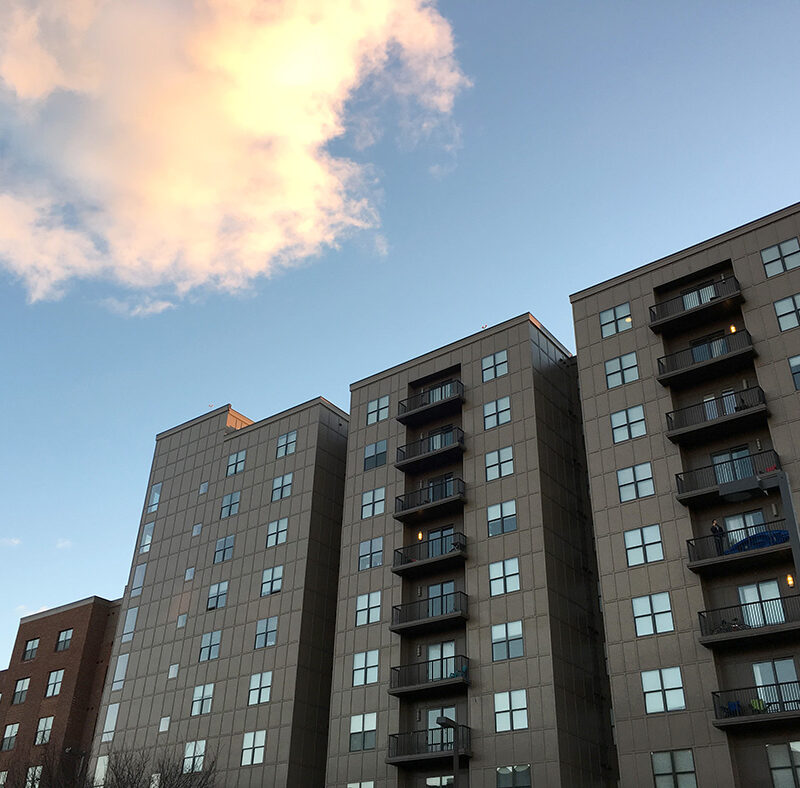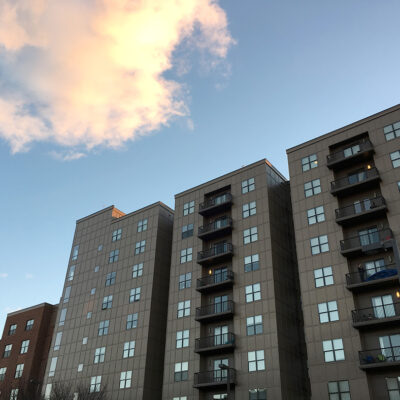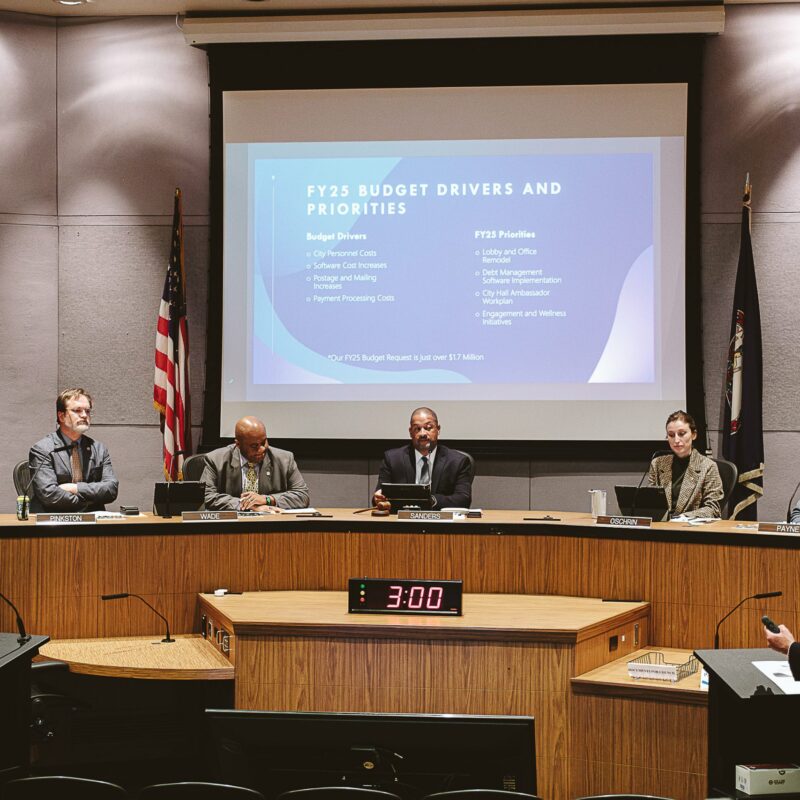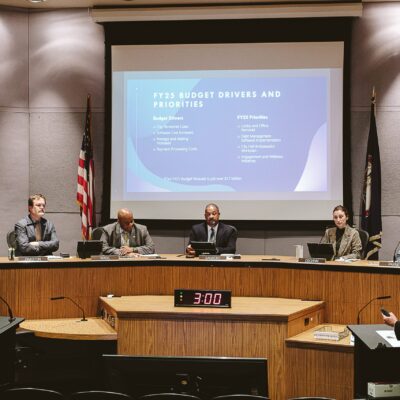With the exception of a slip of the tongue by Rivanna Water and Sewer Authority Chairman Mike Gaffney, last week’s public meeting on a dredging feasibility study for the South Fork Rivanna Reservoir kept talk of potential costs underwater.
|
Now that dredging studies are underway for the South Fork Rivanna Reservoir, local officials and activists are eager to hear a cost estimate. At the earliest, they’ll have to wait until a second public meeting with engineering and consulting firm HDR in May. |
Gaffney’s comment earned laughs from the audience, a mix of city and county officials and members of Citizens for a Sustainable Water Plan (CSWP). Referring to engineering and consulting firm HDR, which conducted the dredging study, Gaffney mentioned the group’s “expensive—extensive—experience.”
The study estimated the reservoir’s water storage volume at a minimum 1,247 million gallons, and the estimated dredging volume totals 1.54 million cubic yards of sediment. Dredging advocates seized on HDR project manager Carey Burch’s statement that “we haven’t identified any show-stoppers in terms of dredging the reservoir,” a comment that CSWP member Betty Mooney made sure to reiterate near the meeting’s end.
“I think what I’m hearing you say tonight is, there’s nothing to stop our community from dredging but the political will and money,” said Mooney. “Would that be an accurate statement?”
“I think this is out of our area of expertise,” replied Burch.
And while HDR will likely present cost estimates for dredging the reservoir—not currently a component of the RWSA’s 50-year water supply plan—during a second public meeting in May, plenty of questions dogpaddled around how to mitigate potential costs.
The reservoir could be dredged mechanically, or by using a hydraulic system, each with their own advantages and, presumably, their own costs. Mechanical dredging would require greater handling of sediment and “high truck traffic” to move troublesome reservoir muck. Hydraulic dredging, on the other hand, would require dewatering—a process to separate sediment from water, via slug-like geotextile tubes or a tract of land, ideally between 60 and 100 acres in size.
Bob Fenwick, a former City Council candidate, asked whether there was a limit on pipeline length or height for a hydraulic dredging program. Burch responded that “the only limitation is money and practicality.” The longer or taller the pipeline, the more booster pumps, “which drives your cost up,” said Burch.
A press release issued by RWSA days after the meeting reiterated that HDR had not yet issued a cost estimate. Executive Director Tom Frederick wrote that “Future work will analyze how to dredge the reservoir, how and where to process the sediment removed, and estimate the cost of a dredging project,” and the firm will issue a final report in June.
C-VILLE welcomes news tips from readers. Send them to news@c-ville.com.






